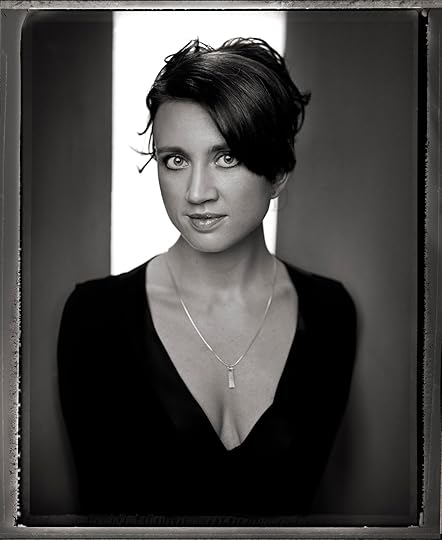What do you think?
Rate this book


480 pages, Paperback
First published June 1, 2004






1. The murder plot here is much, much more grim. Now don't get me wrong--a faked suicide in the previous book is pretty grim (as were the background scenarios that lead to said murder), but this book takes it to another level. Several murders, preceded by bone breaking and other forms of slow-death torture, enacted on teenagers, over many years. Not nice stuff. It's a lot to take honestly, and if I'm going to read about those sorts of acts, they better be in the service of a pretty well developed, large-scale plot. And, also, you better have a pretty credible uber-sadist in the story, because well, there's got to be a pretty good explanation for why you decided that kind of pain needed to be inflicted on your characters.
2. This brings me to problem 2. The rationale for these murders--if not the exact murderer himself--is obvious within the first 100 pages. I'm not exaggerating. It became so overwhelmingly apparent how Lackberg was going to explain the "reason" for the above-mentioned violence/torture that I actually skipped ahead in the book to confirm that I was right. And I was. This is horribly disappointing for reasons I'm sure I don't have to explain.
3. The murderer is--and don't worry, I'm not spoiling here--presented as part of a large feuding family almost immediately. So the possibilities of who the actual killer are extremely limited from the get go. This makes the whole investigation, which is actually, admirably complicated, rather anticlimactic. Not that into this family's backstory, either.
4. Erica is actually not very present in this story at all. Which is a shame because she's likable and interesting and, because she's not on the police force, gives a murder plot a less procedural point of view. Patrik is definitely front and center here. And I like his character, too, but really--not as much. Given the fact that Erica has started writing True Crime novels, it seems to me that she could have been more involved here. And Lackberg even draws attention to the fact that she's twiddling her thumbs while she waits to have her baby. It's like she knows that there's not enough Erica in the story, but started writing it that way and can't go back. Instead, she uses the scenes with Erica to provide the comic relief--lots of horrible house guests descend on she and Patrik because it's summer and everyone loves coming to their small town over the summer. But those scenes aren't--with one macaroni-suffused exception--really all that good. So sad.
5. The novel's format is a little too reminiscent of The Ice Princess, which makes Lackberg's approach to plot development/reveal seem a little too mechanical. The investigation scenes are intercut with italicized passages in the voice of one of the victims, which is exactly what she did in her first book. In The Ice Princess this worked out rather cleverly--you actually thought the italicized passages might be narrated by the killer, until it becomes obvious that the speaker is dead as well. In The Preacher adding these passages is probably supposed to make the reader sympathize more with the victims, which is totally unnecessary, given what we're told they had to go through before they died. Of course we empathize with them. Now you're just rubbing our faces in the tragedy of it all, which we don't really need. It's overbearing.